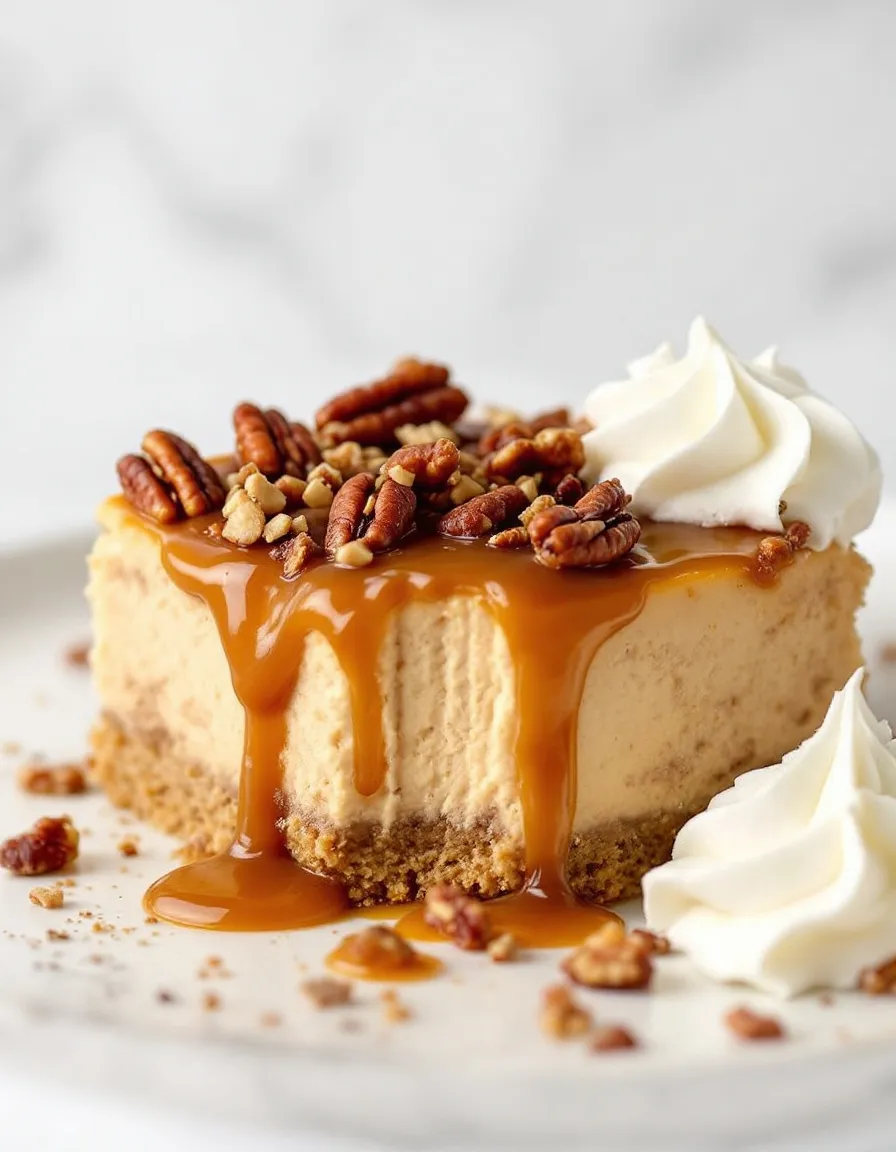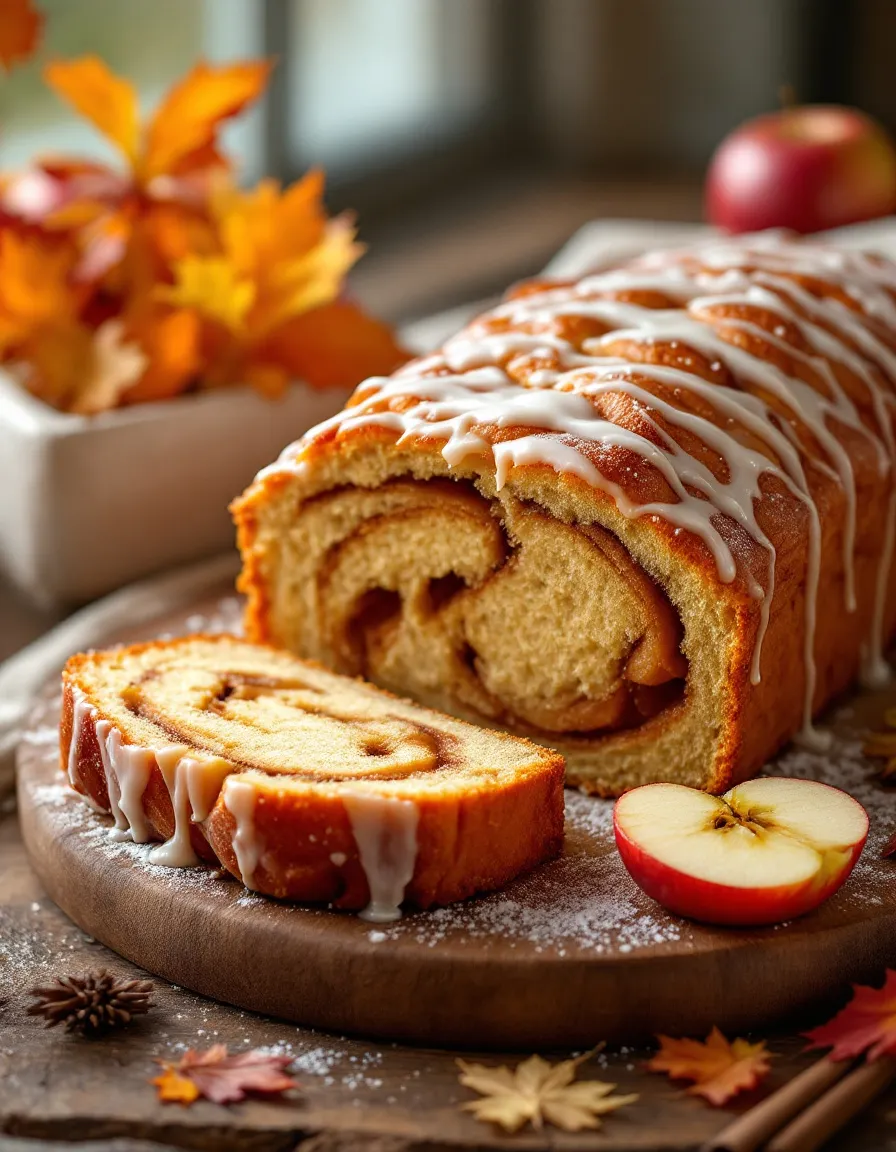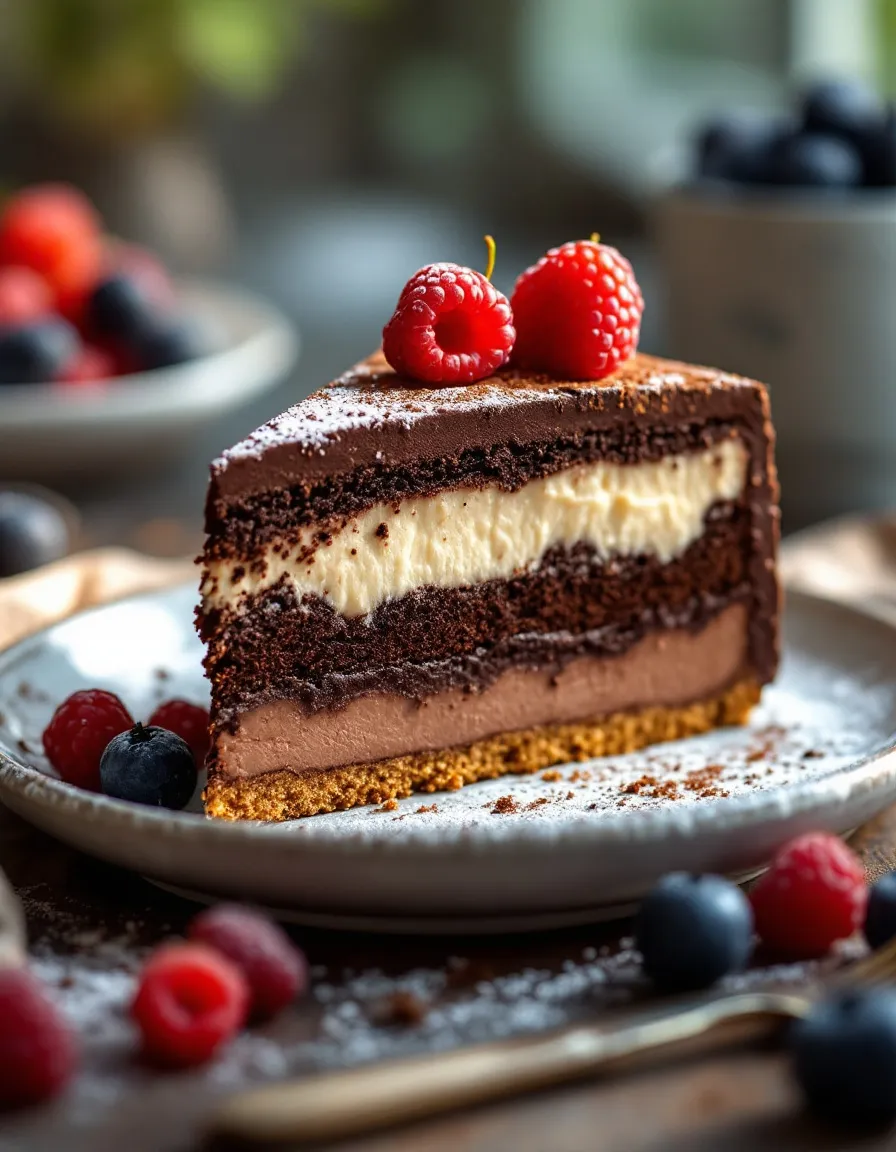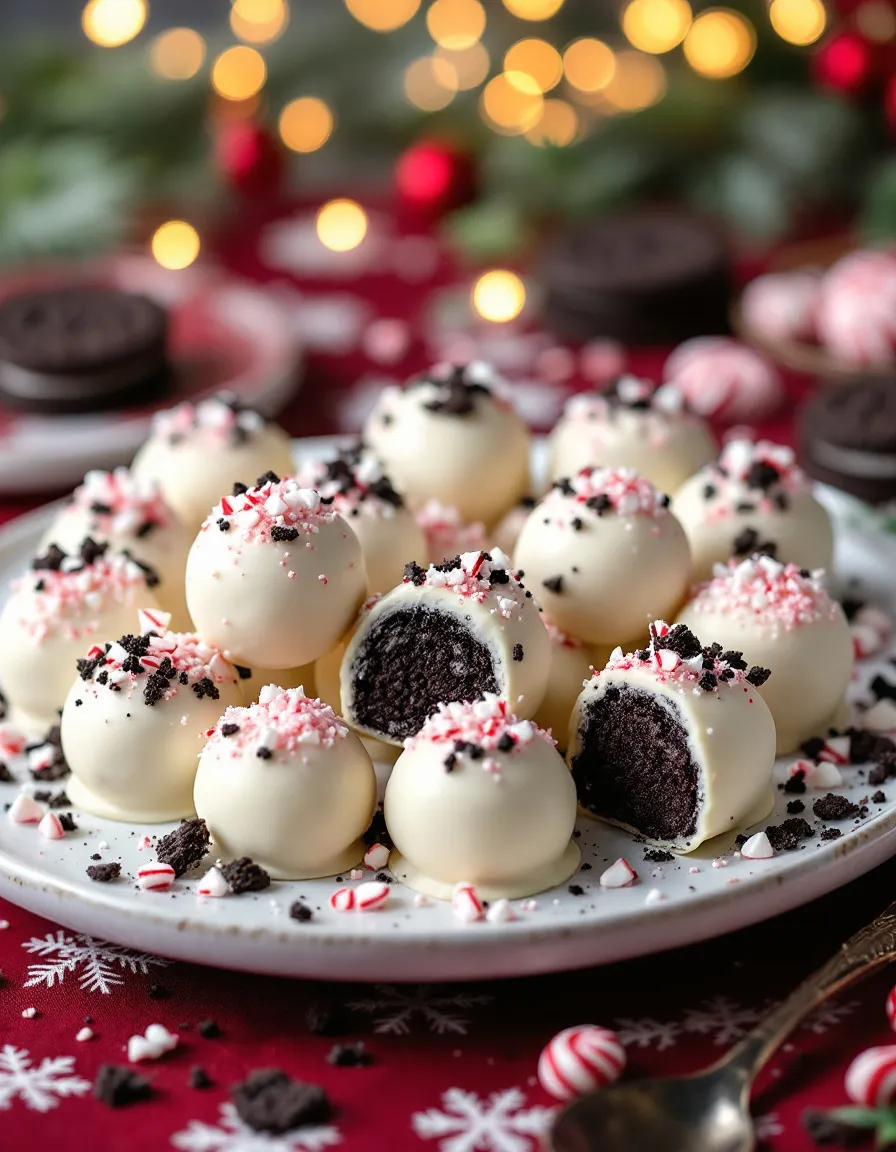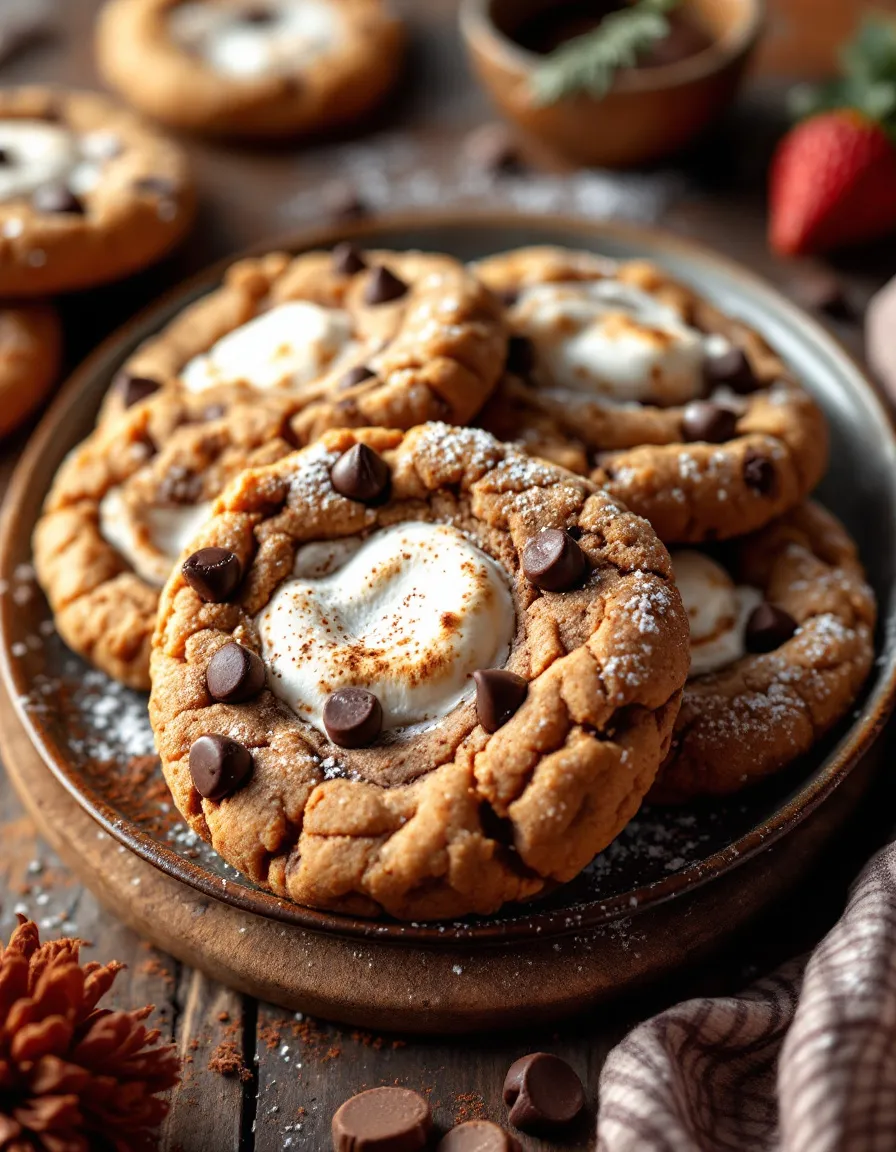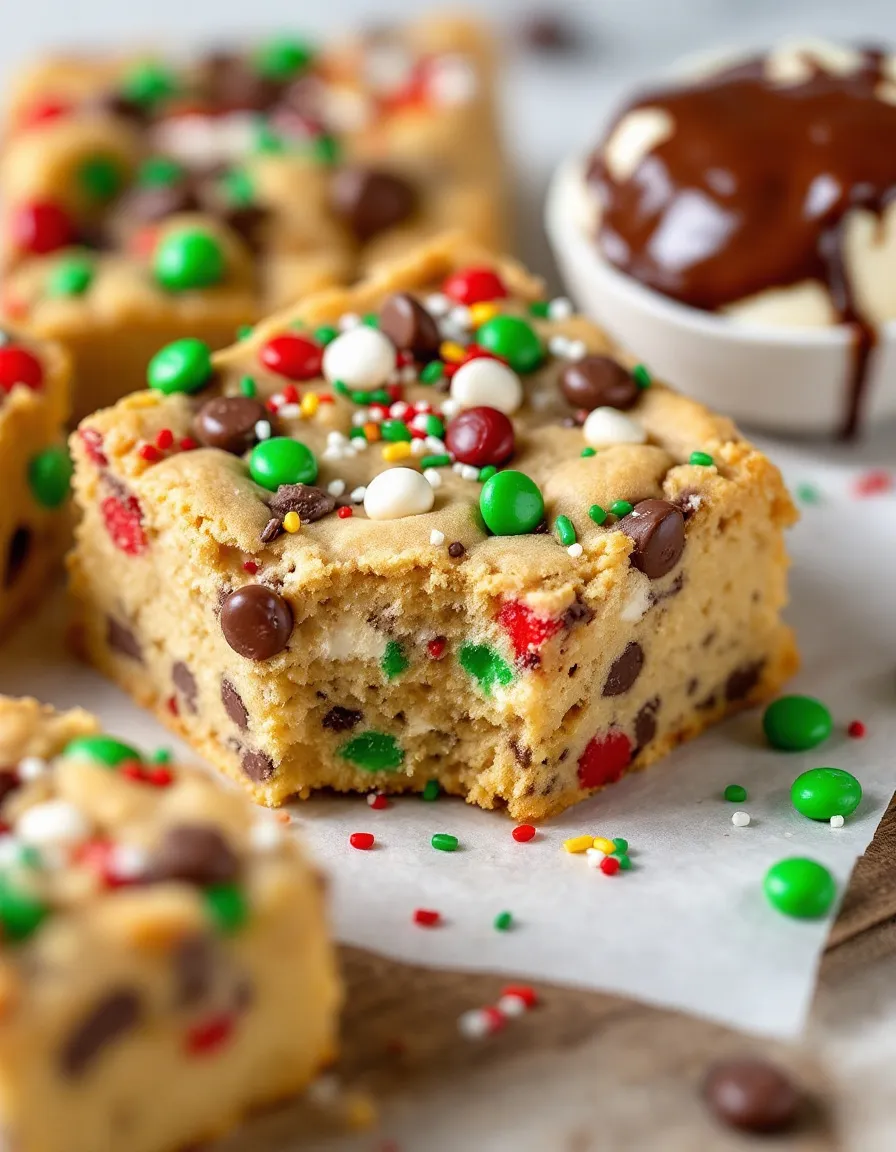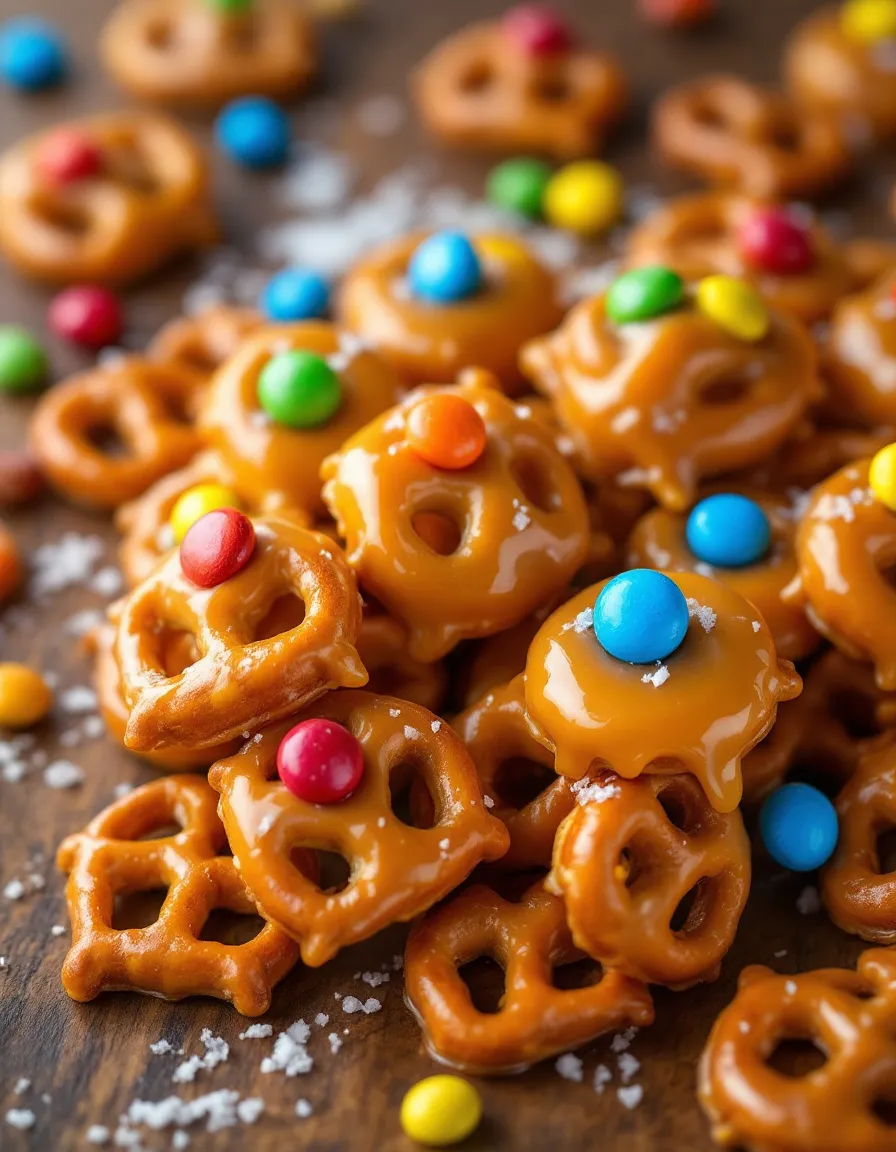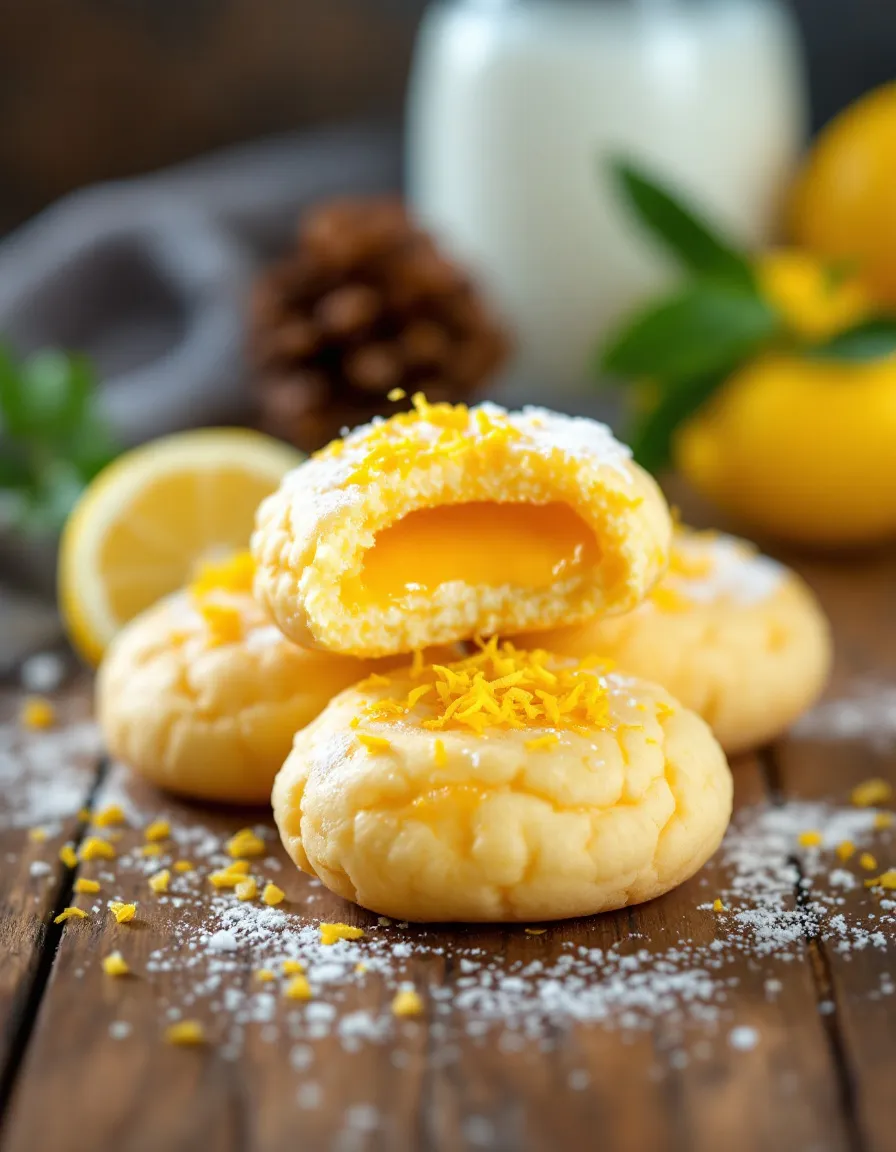Decadent Coffee Caramel Cheesecake Bars: A Sweet Indulgence
There’s nothing quite like the heavenly combination of coffee and caramel, and these Coffee Caramel Cheesecake Bars are the perfect dessert that brings your taste buds to life. Imagine a creamy cheesecake filling infused with rich coffee flavor, layered atop a buttery caramel topping and a crumbly graham cracker crust. This dessert not only satisfies your sweet tooth but also gives you a delightful caffeine kick, making it ideal for any coffee lover.
These cheesecake bars are versatile enough for casual gatherings or special celebrations. The contrasting textures of the smooth cheesecake, the gooey caramel, and the crunchy crust create a symphony of flavors that will leave your guests craving more. Whether enjoyed at a brunch or dessert table, these bars elevate any occasion, inviting conversations that linger a little longer over delicious bites.
Quick Recipe Highlights
- Flavor Profile: A perfect blend of rich coffee and smooth caramel balanced with the slight tang of cheesecake.
- Texture: A creamy cheesecake filling that melts in your mouth, contrasted with a crunchy base and a gooey caramel topping.
- Aroma: The inviting scent of freshly brewed coffee combined with the sweet fragrance of caramel wafts through the air as these bars bake.
- Visual Appeal: The gorgeous layers of golden caramel and creamy cheesecake, topped with a sprinkle of chocolate or coffee grounds, make for an eye-catching dessert.
- Skill Level Needed: While not overly complex, a bit of patience is needed to ensure each layer is perfectly executed.
- Special Equipment: An 8×8 baking pan and a handheld mixer are essential for achieving the best texture.
Recipe Overview
- Difficulty Level: The medium difficulty arises mainly from the multiple layers in the recipe, but each step is simple and rewarding.
- Category: These bars fall into the dessert category, perfect for satisfying sweet cravings after a meal.
- Cuisine: Featuring a combination of American and café-inspired elements, this recipe embodies a popular trend in contemporary dessert making.
- Cost: Overall, the ingredients are cost-effective, making it a delicious yet budget-friendly treat.
- Season: Enjoy these coffee caramel cheesecake bars year-round, but especially during colder months when rich desserts are most appealing.
- Occasion: Ideal for coffee-themed gatherings, holiday parties, and family get-togethers.
Why You’ll Love This Recipe
First and foremost, the taste and texture of these Coffee Caramel Cheesecake Bars are simply divine. With every bite, you experience a luxurious creaminess from the cheesecake paired beautifully with the sticky sweetness of caramel. The hint of coffee adds depth, tying all flavors together and creating an irresistible treat that can be enjoyed at any time of day.
In terms of convenience, these bars can be made ahead of time and stored in the refrigerator, making them perfect for busy schedules. The preparation involves simple steps, and once you’ve made them a couple of times, they become second nature. This allows you to spend less time in the kitchen and more time with your family and friends.
From a nutritional perspective, the ingredients used can be tailored slightly to fit within various dietary preferences. For example, opting for lower-fat cream cheese can lighten the dessert slightly without sacrificing too much flavor.
The social and entertaining value of these bars is considerable. Cheesecake bars are great for sharing, and they serve as a fantastic conversation starter. Bringing a tray of these to a gathering will surely impress your guests and encourage them to ask for the recipe!
Lastly, the cost-effectiveness of making cheesecake bars at home is remarkable. You can whip up a large batch for a fraction of the price compared to purchasing similar desserts from a café or bakery.
Historical Background and Cultural Significance
The origin of cheesecake can be traced back to ancient Greece, where cheesecake was enjoyed by athletes during the first Olympic Games. Over time, variations of cheesecake have emerged globally, with each culture adding its unique spin. The American version has evolved, particularly indulging in flavors like coffee and caramel, which has gained much popularity in recent years.
Coffee desserts have their roots in the global love for coffee as a beverage and culinary ingredient. The rise of café culture has coalesced with the cheesecake trend, creating beloved recipes like this one that blends the two worlds. The popularity of cheesecake bars has further solidified their place in dessert menus across the world.
As desserts continue to evolve, coffee caramel cheesecake bars illustrate how traditional recipes can be modernized. Over the years, recipe variations have included everything from fruity toppings to different crusts, making it a flexible dessert option.
Regionally, variations of cheesecake can be found in various forms, from New York-style cheesecakes to Italian ricotta-based versions. These regional distinctions speak to the adaptability of cheesecake, allowing it to fit different palates and occasions.
Ingredient Deep Dive
Cream Cheese: A staple in cheesecake recipes, cream cheese provides the creamy consistency and slight tang that makes cheesecakes special. It originated in the United States in the late 19th century and is rich in phosphorus and calcium. Always choose full-fat cream cheese for the best texture.
For storage, keep it in the refrigerator and consume it before the expiration date. If you’re looking for a lighter option, Neufchâtel cheese can serve as a good substitute, although it will alter the flavor slightly.
Caramel Sauce: This sweet sauce adds richness and depth to the bars. Caramel has origins in Europe, dating back to the 18th century, and the process of making it requires patience and precision. It contains sugar, which provides quick energy, but keep in mind that it’s high in calories.
To ensure the best flavor, avoid pre-made caramel sauces that contain additives. Homemade caramel can be stored in the refrigerator for a week, or you can make it from scratch using sugar, butter, and cream. For a fun twist, consider using flavored caramel, such as sea salt or espresso.
Common Mistakes to Avoid
- Not allowing the cream cheese to soften before mixing, which can lead to a lumpy filling.
- Overmixing the batter, causing air bubbles that lead to cracks.
- Skipping the chilling time, resulting in a gooey texture rather than a firm bar.
- Using warm caramel sauce when layering, which can melt the cheesecake layer.
- Not using parchment paper in the baking pan, making it difficult to remove the bars.
- Failing to measure ingredients accurately, which can alter the final flavor and texture.
- Rushing the cooling process, as it can compromise the structure of the bars.
- Not letting the bars sit before cutting, leading to messy slices.
- Substituting ingredients without considering their properties, affecting the taste.
- Ignoring the baking time, as overbaking can lead to dry bars.
Essential Techniques
To mastering the crust for your Coffee Caramel Cheesecake Bars, it’s essential to combine the graham cracker crumbs with the melted butter until fully incorporated. This ensures that every bite has that delicious buttery flavor. Common pitfalls include not pressing the crust firmly enough, which can lead to a crumbly base.
When preparing the cheesecake filling, it’s crucial to blend it at medium speed to avoid incorporating too much air. This prevents cracks during baking. Look for visual cues, such as a smooth and creamy texture without lumps, before proceeding to the next step.
Pro Tips for Perfect Coffee Caramel Cheesecake Bars
1. Always use room temperature cream cheese for a smooth texture.
2. Allow the cheesecake bars to cool slowly outside of the oven before transferring them to the refrigerator.
3. Top the bars with finely chopped espresso beans for an extra flavor kick.
4. Chill the bars for at least four hours for best results.
5. Drizzle extra caramel sauce over the top before serving for presentation.
6. Use a sharp knife to cut the bars for clean edges.
7. Serve with a dollop of whipped cream for an added creamy element.
8. Customize your crust by incorporating nuts or chocolate for variation.
Variations and Adaptations
Regional variations of these coffee caramel cheesecake bars include adding spices like cinnamon or nutmeg for a warm flavor. Additionally, consider seasonal adaptations by introducing pumpkin spice during fall or peppermint for winter holidays.
For dietary modifications, you can create a vegan version using cashew cream and coconut cream for the cheesecake layer. Low-carb options can be achieved by using almond flour in the crust and sugar substitutes in the filling, adapting to specific dietary needs.
Serving and Presentation Guide
For plating, use a clean, minimalist approach, placing the bars on a contrasting-colored plate. Garnishing with a sprinkle of cocoa powder, chocolate shavings, or a drizzle of caramel will elevate the dish’s visual appeal.
Traditional accompaniments to serve alongside these bars include fresh berries or a scoop of vanilla ice cream. Both add a refreshing contrast to the richness of the cheesecake while providing sweetness.
Wine and Beverage Pairing
For wine pairing, a sweet dessert wine or a port complements the rich flavors beautifully. If you prefer non-alcoholic options, a rich coffee or a crisp iced coffee would enhance the coffee flavor within the bars.
Additionally, pairing with tea, particularly a robust black tea, can provide a lovely balance to the sweetness. Ensure that beverages are served chilled or at room temperature for the best tasting experience.
Storage and Shelf Life
To store your Coffee Caramel Cheesecake Bars, keep them in an airtight container in the refrigerator. This will help maintain their freshness for up to a week. For longer storage, consider freezing the bars wrapped tightly in plastic wrap and foil.
When thawing frozen bars, place them in the refrigerator for a few hours or overnight to preserve their texture. Signs of spoilage include an off smell or changes in texture, such as excessive moisture.
Make Ahead Strategies
To make these cheesecake bars ahead of time, prepare the crust and filling a day in advance, storing them separately in the refrigerator. This not only saves time but also allows the flavors to meld beautifully.
When ready to bake, simply assemble and follow the recipe directions. If time permits, letting the bars sit overnight after baking enhances the flavors and texture significantly.
Scaling Instructions
For halving the recipe, simply divide all ingredients by two and use a smaller baking pan, ensuring that the baking time is adjusted accordingly. If doubling or tripling the recipe, increase pan size accordingly and check doneness with a toothpick towards the end of the baking process.
When scaling, keep in mind that cooking times and temperatures may need slight adjustments, particularly if using larger pans. Regularly check for doneness to avoid overbaking.
Nutritional Deep Dive
The macro breakdown of a single bar will typically provide a balance of carbohydrates from the crust, fats from cream cheese and butter, and protein, creating a satisfying dessert. Including coffee in the recipe offers antioxidants, providing some health benefits while indulging in a sweet treat.
It is important to consider portion sizes as these bars are rich and calorie-dense. Balance this dessert with healthier options in your diet throughout the day for weight management. Additionally, moderation is key when enjoying these delightful bars.
Dietary Adaptations
For gluten-free options, substitute traditional graham crackers with gluten-free alternatives, while ensuring that all other ingredients are labelled gluten-free. A dairy-free version can be crafted using coconut cream and dairy-free cream cheese.
If you’re considering vegan adaptations, use flax eggs or a commercial egg replacement in place of eggs, along with plant-based cream cheese and non-dairy caramel. Adjusting the sugar type can cater to low-carb or keto diets as well.
Troubleshooting Guide
If you encounter texture issues, such as cracks on the surface, it could be due to overmixing or rapid temperature changes during baking. Ensure your ingredients are at room temperature before mixing, and avoid opening the oven door frequently.
Flavor balance can be adjusted by testing for sweetness before adding caramel or consideration for salt. If the cheesecake feels too dense, reducing the baking time and checking for doneness can help create a softer texture.
Recipe Success Stories
Many have found success with this recipe, sharing their variations that include flavored crusts or different toppings like fruit or nuts. Community feedback often highlights the rich flavor and the nostalgic feel of cheesecakes, encouraging others to share their adaptations.
Through social media, fans of these bars often showcase their own creative twists, inspiring even more stories of delicious outcomes. Such engagement fosters a sense of community among dessert lovers eager to explore culinary creativity together.
Frequently Asked Questions
Can I freeze these cheesecake bars? Yes, they can be frozen! Wrap them tightly in foil and plastic wrap, and they will last for up to three months. Thaw them in the refrigerator before serving for the best flavor and texture.
What is the best way to cut cheesecake bars? Use a sharp knife and wipe it clean between cuts to maintain clean edges. This method will help you achieve perfectly sliced bars.
Can I substitute the coffee with something else? Absolutely! You can replace the coffee with strong brewed tea or omit it entirely for a traditional caramel cheesecake flavor.
Is there a way to make these bars less sweet? Reducing the sugar in the cheesecake filling or opting for less sweet toppings can help balance the flavors without sacrificing the overall taste.
Do I need to use eggs in this recipe? No, you can use flax eggs or another egg substitute if you are looking for a vegan option while maintaining the structure of the cheesecake.
What type of caramel should I use? You can use homemade caramel for the best flavor, but store-bought caramel sauce can be a faster alternative if needed.
Can I use a different kind of crust? Yes! Experiment with different crusts made from nuts, cookies, or even chocolate for a more decadent flavor.
How long do these bars last in the fridge? They can stay fresh in an airtight container in the refrigerator for about one week.
Can I make these bars dairy-free? Yes, you can substitute the cream cheese with a non-dairy alternative and use plant-based butter or margarine for the crust.
What should I serve with these bars? They pair wonderfully with fresh fruit, whipped cream, or even a scoop of ice cream for an indulgent treat.
Additional Resources
If you enjoyed making these Coffee Caramel Cheesecake Bars, you might also like related recipes such as classic cheesecake or caramel brownies with coffee flavors. Additionally, be sure to check out ingredient guides for tips on selecting cream cheese and making homemade caramel, as well as equipment recommendations for baking cheesecake bars.
Join the Conversation
We love seeing your takes on our recipes, so be sure to share your creations on social media! Use the hashtag #CoffeeCaramelCheesecakeBars, and don’t hesitate to leave a review or tips in the comments section. Join our community as we share recipes, tips, and culinary adventures inspired by the love of baking!
The Recipe
Coffee Caramel Cheesecake Bars
Serves: 12 bars
Prep Time: 30 mins
Cook Time: 45 mins
Total Time: 75 mins
Kitchen Equipment Needed
- 8×8 baking pan
- Mixing bowls
- Handheld mixer
- Parchment paper
- Measuring cups and spoons
Ingredients
- 1 ½ cups graham cracker crumbs
- ½ cup unsalted butter, melted
- 2 packages (8 oz each) cream cheese, softened
- 1 cup sugar
- 2 large eggs
- ½ cup brewed coffee, cooled
- 1 cup caramel sauce, plus extra for topping
- ½ teaspoon vanilla extract
- Pinch of salt
Directions
- Preheat your oven to 350°F (175°C) and line the baking pan with parchment paper.
- In a mixing bowl, combine graham cracker crumbs and melted butter, then press the mixture into the bottom of the prepared pan to form the crust.
- Bake the crust for 10 minutes, then remove it from the oven and set aside to cool slightly.
- In another bowl, beat the softened cream cheese and sugar until smooth and creamy.
- Add in the eggs one at a time, mixing well after each addition; then add the brewed coffee, caramel sauce, vanilla extract, and salt, blending until fully combined.
- Pour the cheesecake mixture over the crust and spread it evenly.
- Bake for 30-35 minutes or until the center is set but slightly jiggly. Allow to cool at room temperature.
- Drizzle additional caramel sauce over the top and refrigerate for at least 4 hours before cutting into bars.
Recipe Notes
- For the best texture, ensure the cream cheese is at room temperature before mixing.
- You can substitute homemade caramel for store-bought if you prefer.
- Experiment with different toppings like chopped nuts or chocolate chips to add a new twist!
